Cement Pots Cracking
hallsy86
8 years ago
Featured Answer
Sort by:Oldest
Comments (50)
hallsy86
8 years agoRelated Discussions
Filling cracks in cement
Comments (3)I recently bought a filler at Home Depot. It was in a squeeze tube and works very well. The tube is about like a toothpaste tube so if you have a lot of large cracks you may have to see what they have in a larger quantity....See MoreCracks in fiber cement siding.
Comments (3)I'm assuming you mean legal/disclosure implications? Think about this; pretend you're buying a house where the basement had flooded and the owners cleaned it up and painted without disclosing the flood. You find out about it after telltale signs begin to appear of water damage. What would you do? How would you feel/ If you have issues with your siding due to improper installation or product quality, I think you're obligated to either disclose or repair/replace prior to selling. Are the issues more than cosmetic? If not, then maybe you can calk and paint as you mentioned. It's no different than doing the same thing on an old wood clapboard house the way I see it....See MoreI know cement cracks...but...
Comments (20)According to the American Concrete Institute publication, Structural Crack Repair by Epoxy Injection, Field Guide to Concrete Repair, "Depending on the specific requirements of the job, crack repair by epoxy injection can restore structural integrity and reduce moisture penetration through concrete cracks 0.002 in.(0.05 mm) in width and greater." Before any repair is undertaken, the cause of the cracking should be impartially investigated, including whether it penetrates through the wall and time taken to see whether the crack is stable. A gauge can be set in place that will measure subsequent movement. See photo below of typical drying shrinkage cracking Photo: Guide to Concrete Repair United States Department of the Interior, Bureau of Reclamation, Technical Service Center...See MoreDead animal smell coming from crack in cement
Comments (8)In the middle of winter I wouldn't think there'd be much decay of a dead animal, if you're in a cold area. I'd be more concerned with a sewage line problem. Make your concern known to the agent and point it out to the inspector. Personally, I'd get an independent inspector. Maybe they built the bench over a clean-out line? It's possible...............See Morehallsy86
8 years agoclub53
8 years agoMike Larkin
8 years agoDawn Field
8 years agoclub53
8 years agoDawn Field
8 years agoMatthew Luckow
6 years agoMike Larkin
6 years agoAm Balazs
6 years agoAnnamaria Szotyori
6 years agoAnnamaria Szotyori
6 years agoAnnamaria Szotyori
6 years agoSeedsRUs.Etsy
6 years agoAm Balazs
6 years agogoshdarnit
5 years agoHU-449961071
5 years agoMike Larkin
5 years agoHU-759565867
5 years agoHU-449961071
5 years agoMike Larkin
5 years agolast modified: 5 years agoHU-618853638
5 years agolast modified: 5 years agomarija Jankovic
4 years agomarija Jankovic
4 years agoHU-893710083
4 years agoLinda Wilson
4 years agogoshdarnit
4 years agoZonika Pretorius
3 years agoS James
3 years agoS James
3 years agoS James
3 years agoMabusi Nyambane
3 years agoJedi Alanda
3 years agoNir A
3 years agomatthew luckow
3 years agoNir A
3 years agoMarko Blagotinsek
3 years agoluckywoman
3 years agoKathie Miller
3 years agolast modified: 3 years agoDavid Kong
3 years agoDawn Field
3 years agoGlenda Neaton
3 years agolast modified: 3 years agoMarvin Cure
3 years agoVladana Ivanovic
3 years agolast modified: 3 years agoFriedelene Symons
3 years agoPam
3 years agoluckywoman
3 years agoEC
2 years agolast modified: 2 years ago
Related Stories
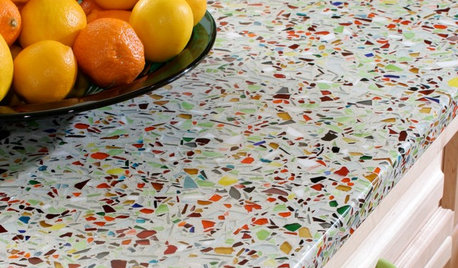
KITCHEN DESIGNKitchen Counters: Sturdy, Striking Recycled Glass With Cement
Ecofriendly and full of character, this heat- and scratch-resistant material is a great fit for custom kitchen counters
Full Story
CONCRETEWhy Concrete Wants to Crack
We look at the reasons concrete has a tendency to crack — and what you can do to help control it
Full Story
BATHROOM TILEQuick Fix: Repair Cracked Bathroom Grout
Banish an eyesore and safeguard your bathroom from water damage in 30 minutes or less with this DIY repair
Full Story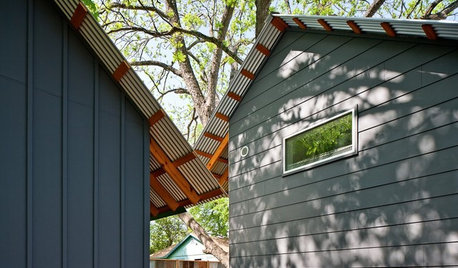
REMODELING GUIDESFiber Cement Siding Takes a Front Seat
Not just a wood or vinyl substitute, fiber cement is a stellar siding choice in its own right for modern home exteriors
Full Story
TILEEpoxy vs. Cement Grout — What's the Difference?
Grout is grout, right? Nope. Cement and epoxy versions have different appearances, durability and rules of installation
Full Story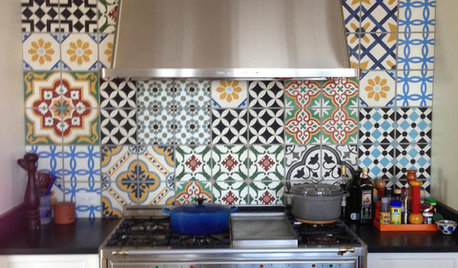
TILESo Many Reasons to Love Cement Tiles
You’ll notice their beautiful patterns right away, but cement tiles have less obvious advantages too
Full Story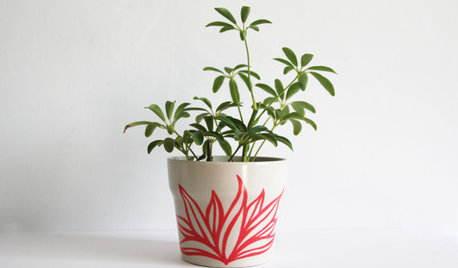
PRODUCT PICKSGuest Picks: Playful Planters and Pots
Get planting this season using pretty pots that move from indoors to outside with ease
Full Story
CONTAINER GARDENSSolve Your Garden Border Dilemmas With Planted Pots
Set your containers free from the patio — placed among plantings in the ground, they fill unsightly gaps, let you experiment and more
Full Story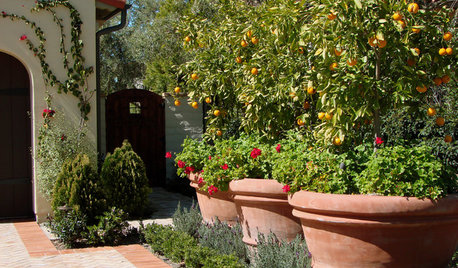
GARDENING GUIDESPick the Right Plant Pot to Flatter Your Landscape
To play matchmaker for your container garden and its surroundings, you've got to know all the materials and pick the right style
Full Story
CONTAINER GARDENSContainer Garden Basics: How and When to Water Potted Plants
Confused about soil moisture, the best time to water and what watering device to use? This guide can help
Full StorySponsored



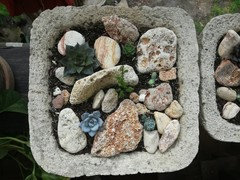
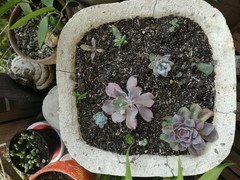
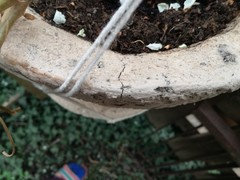
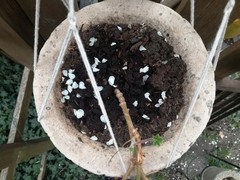
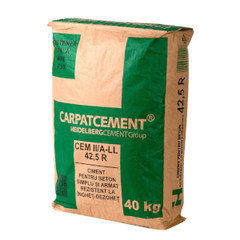
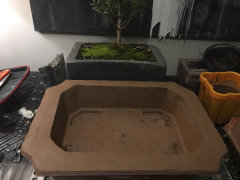
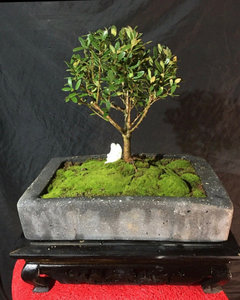
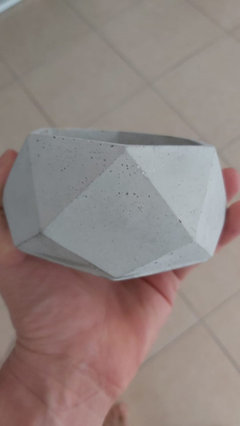

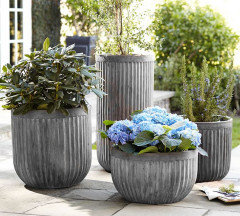
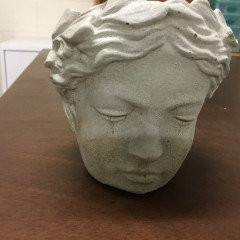
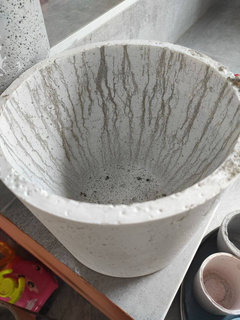
Mike Larkin